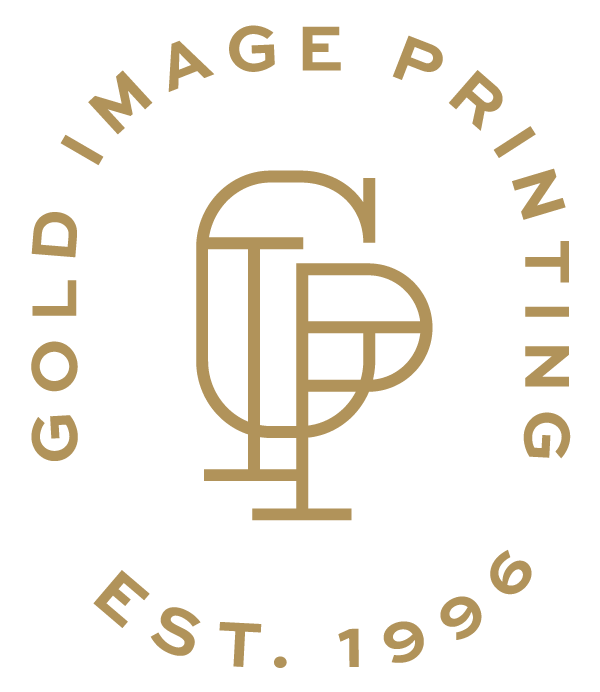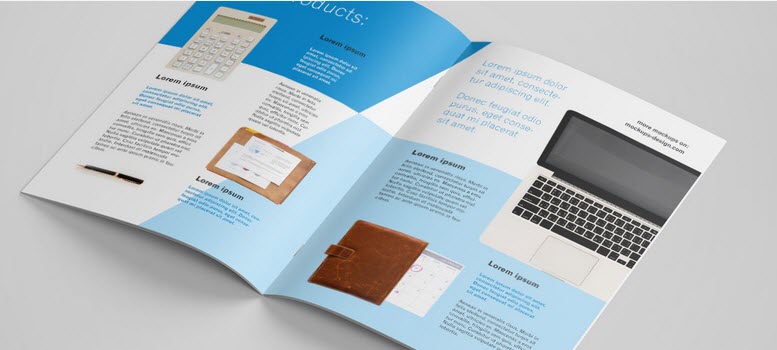Having a basic understanding of the differences between offset printing and digital printing will help you to choose
One may think that with today’s technology, such as the high powered printers that are available for office use there is no need for professional printers. To debunk this theory all one has to do is compare a piece of print created by the office printer to one that has been done by the pro printer.
What is The Difference?
Those that are in need of print really are not concerned with the actual process but are totally focused on the end results. However, there are components concerning offset printing and digital printing that a client should be aware of. There are components that affect the turn around to get the job done, as well as the cost.
The main differences between these two forms of printing are the way that the image being printed gets transposed onto the paper.
Offset Printing

The technology for this means using metal plates that are etched to apply the ink to the paper. This is a longer procedure compared to digital printing. Due to increased time, it is a more expensive procedure. This form of printing also allows for the use of larger sized paper. For color control, most feel that offset printing is superior in this area.
At one time, offset printing was restricted to the CMYK colors, which are cyan, magenta, yellow and black (key). Now with modern technology, custom colors can be used referred to as Pantone colors.
The Process:
- Each of the metal plates has to have the ink applied to them. Each color being used in the print requires its own plate.
- The plates need to be etched, then the colors need to be transferred to the rollers that are responsible for applying the color to the paper.
- There is a warm up stage where a few sheets of paper need to be run through the press to make sure the plates are fully inked.
Digital Printing

This is a much quicker process as one sheet of paper can be printed out with a simple setup. A big difference with digital printing is how fast the project can be completed. When it comes to cost, overall digital printing is the least expensive.
The Process
- Digital printing relies on drums as opposed to plates. Each color needs to have its own drum.
- An electrostatic charge is what attracts the toner to the drums.
- The toner gets applied to the paper as it is passed through a high heat process to fuse it.
Should You Choose Digital Printing or Offset Printing For Your Project?

Understanding the pros and cons to each of these options can help to determine which choice is best for your particular project.
Pros of Offset Printing
Image: For those that want the best in quality when it comes to images, then offset printing is going to take the lead. When a quality offset print job has been completed the results should be clean sharp images with no streaks or spotting.
Custom Colors: Not everyone wants the standard colors and often wants their print materials to support their brand colors. There is a better opportunity to achieve this with offset printing. The technology allows for the mixing of colors to get an exact color match.
Material Options: There is a lot of flexibility as to what materials can be used, which makes it flexible for the different types of projects that businesses may have.
Cost Factor: Some are under the impression that this form of printing is automatically going to be more expensive. However, if the project is a large volume one, then this form of printing turns out to be more cost effective. The initial cost comes with setting up the plates. Once that has been done then the process is quick.
The Cons of Offset Printing
Cost Factor For Low Volume Projects: If the task on hand is not large volume, then there are no cost savings with this option.
Timing: In most cases, the turn around for this form of printing is longer. However, when you put this type of print job in the hands of Gold Image Printing you will find that the priority becomes getting your project completed as quickly as possible. This is with no compromise in the quality of the work.
Errors: One of the biggest problems that can arise is that an error is made during the printing process and requires the job to be started from scratch. This is not the fault of the client’s unless there was an error in the copy provided. This is one of the reasons why it is critically important to rely on an experienced professional printing company.
The Pros To Digital Printing
Cost Effective: For small runs of print material, this is most cost-effective.
Amount Needed: You can specify the exact number you need and don’t need to worry about having to meet a minimum quota.
Variation in Data: If you are running print material for sales letters, for example where you need to change the information this is possible with digital printing but is not an option with Offset printing.
The Cons To Digital Printing
It is more expensive by cost for copy: It is not as beneficial for large volume projects
Limitations: There are limitations when it comes to paper size and type of paper as well as finishes.
Lower Image Quality: There is a risk that the images won’t be as sharp, or the colors not as true as what they should be.
The pros and cons for each of these forms of printing is going to vary according to the Professional printing company that you choose to do your printing for you. They all have their own techniques and equipment.

If you want a company that has years of experience and has stayed in tune with the latest technology, then check out what Gold Image Printing has to offer. There are experts here that can guide you as to whether digital printing or offset printing is the best choice for your particular project.



